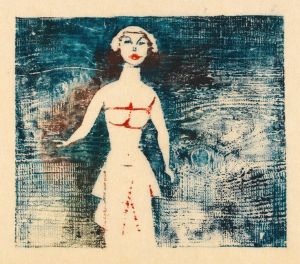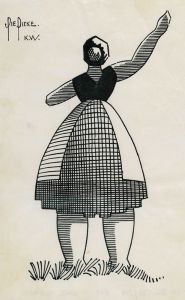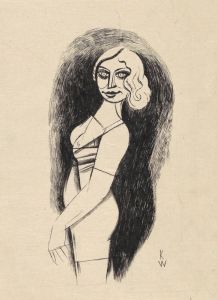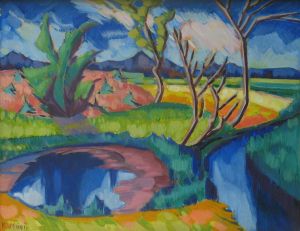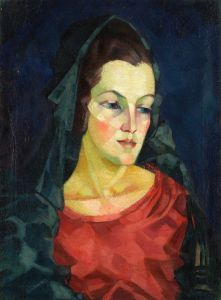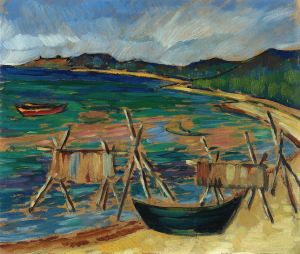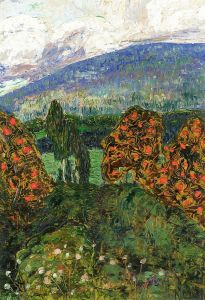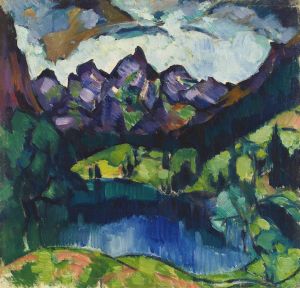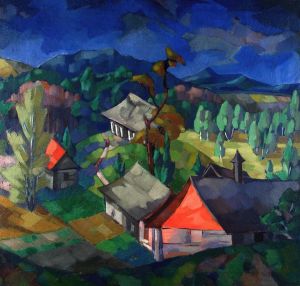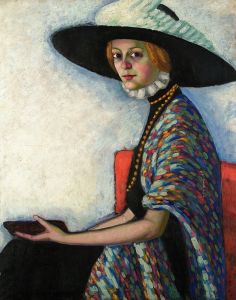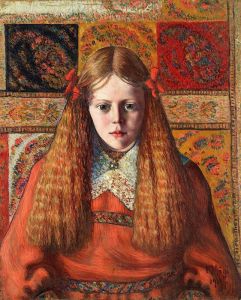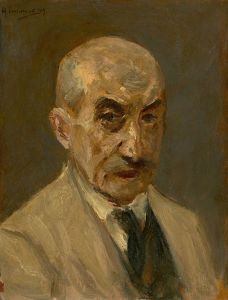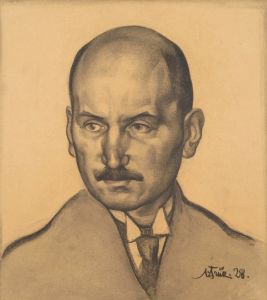
Luuletaja Friedrich Kuhlbarsi portree
A hand-painted replica of Konrad Mägi’s masterpiece Luuletaja Friedrich Kuhlbarsi portree, meticulously crafted by professional artists to capture the true essence of the original. Each piece is created with museum-quality canvas and rare mineral pigments, carefully painted by experienced artists with delicate brushstrokes and rich, layered colors to perfectly recreate the texture of the original artwork. Unlike machine-printed reproductions, this hand-painted version brings the painting to life, infused with the artist’s emotions and skill in every stroke. Whether for personal collection or home decoration, it instantly elevates the artistic atmosphere of any space.
Konrad Mägi, an influential Estonian painter, is known for his vibrant landscapes and expressive use of color. One of his notable works is the portrait titled "Luuletaja Friedrich Kuhlbarsi portree," which translates to "Portrait of the Poet Friedrich Kuhlbars." This painting is a significant piece within Mägi's oeuvre, reflecting both his artistic style and the cultural context of early 20th-century Estonia.
Konrad Mägi was born on November 1, 1878, in the town of Hellenurme, Estonia. He studied art in Saint Petersburg and later in Paris, where he was influenced by the modernist movements of the time, including Impressionism and Fauvism. Mägi's work is characterized by its bold use of color and dynamic compositions, which were innovative in the context of Estonian art.
The subject of the portrait, Friedrich Kuhlbars, was a prominent Estonian poet and writer, known for his contributions to Estonian literature during the late 19th and early 20th centuries. Kuhlbars' work often explored themes of nature, patriotism, and the human experience, resonating with the national awakening that was occurring in Estonia during this period. His literary contributions helped shape the cultural identity of Estonia as it sought independence from foreign rule.
In "Luuletaja Friedrich Kuhlbarsi portree," Mägi captures the essence of Kuhlbars with a focus on both the physical likeness and the intellectual presence of the poet. The painting is noted for its expressive brushwork and the use of color to convey the personality and mood of the subject. Mägi's approach to portraiture often involved a psychological depth, aiming to reveal the inner life of his subjects rather than merely their external appearance.
The portrait is a testament to Mägi's skill in capturing the spirit of his time, as well as his ability to blend traditional portraiture with modernist techniques. The use of color in the painting is particularly striking, with Mägi employing a palette that enhances the emotional impact of the work. This approach aligns with Mägi's broader artistic philosophy, which emphasized the emotional and spiritual dimensions of art.
Konrad Mägi's work, including "Luuletaja Friedrich Kuhlbarsi portree," played a crucial role in the development of modern art in Estonia. His paintings are celebrated for their innovative use of color and form, and they continue to be studied and admired for their contribution to the cultural heritage of Estonia. Mägi's influence extends beyond his homeland, as his work is recognized for its unique blend of local and international artistic trends.
The portrait of Friedrich Kuhlbars is housed in the Art Museum of Estonia, where it is part of a collection that showcases the rich history of Estonian art. Mägi's work remains an important part of Estonia's national identity, reflecting the country's journey towards cultural and political independence. Through his art, Mägi not only captured the landscapes and people of his time but also contributed to the broader narrative of Estonian cultural history.





